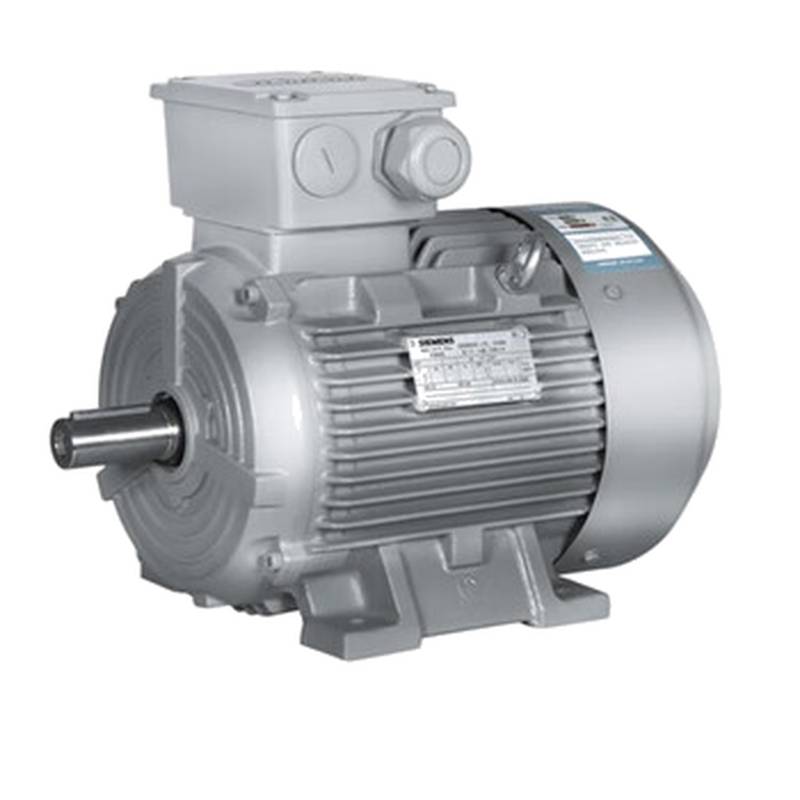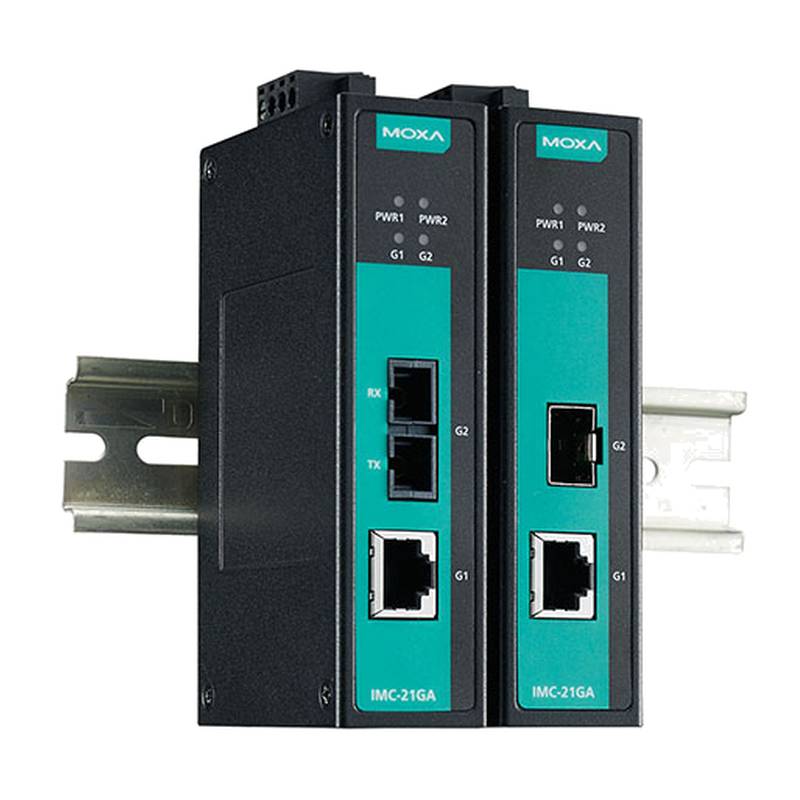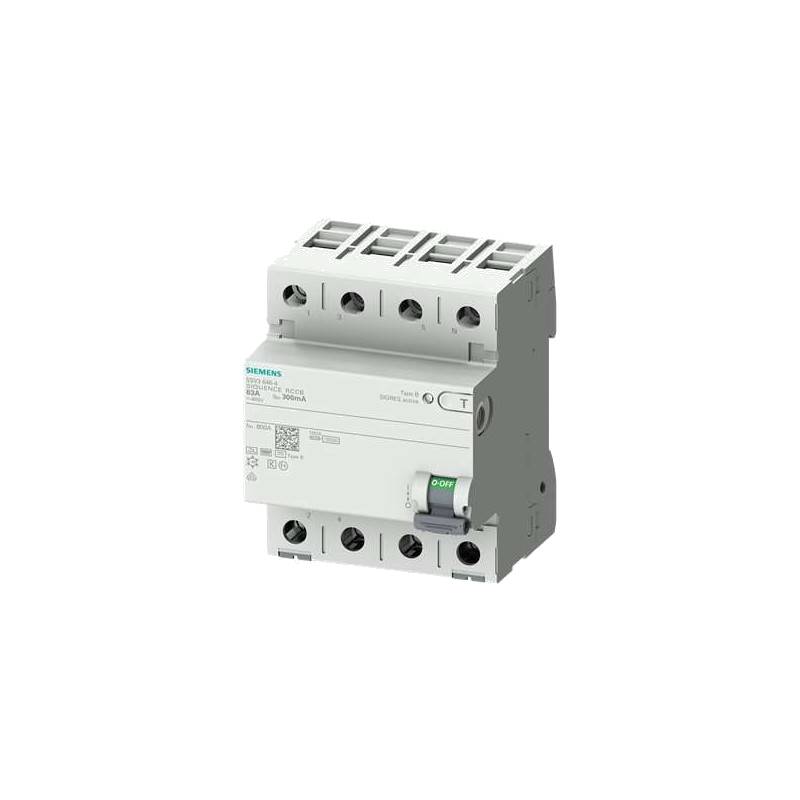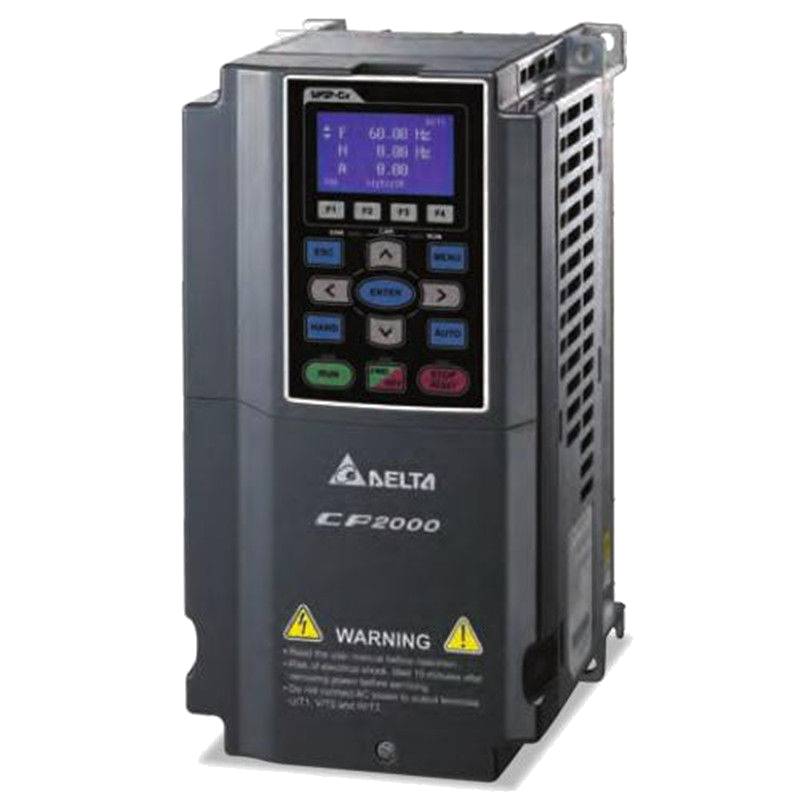
The Delta DVP-F232 RS-232 serial communication interface module empowers industrial automation systems with robust and reliable data exchange capabilities. This module is engineered to facilitate seamless integration between Delta's DVP series Programmable Logic Controllers (PLCs) and various serial devices, enhancing operational efficiency and data visibility. Its core advantages lie in its high-speed communication, compact design, and straightforward implementation, making it an indispensable component for modern manufacturing environments. Key technical parameters include its interface type (RS-232), compatibility with the DVP-S and DVP-ES series, and an operating voltage typically ranging from 24VDC.
Product Specifications
| Feature | Specification |
| :----------------------- | :--------------------------------------- |
| Module Type | RS-232 Serial Communication Interface |
| Model | DVP-F232 |
| Compatibility | Delta DVP-S, DVP-ES series PLCs |
| Communication Protocol | RS-232 |
| Baud Rate (Max) | Varies by PLC model, typically up to 115.2 kbps |
| Power Consumption | Typically <0.5W |
| Operating Temperature | 0°C to 55°C |
| Storage Temperature | -20°C to 60°C |
| Dimensions (W x H x D) | Approx. 29.8mm x 90mm x 64mm |
Core Features & Market Positioning
The Delta DVP-F232 distinguishes itself through its plug-and-play simplicity, allowing engineers to quickly expand the communication capabilities of their DVP PLC systems without complex wiring or extensive configuration. Its robust construction and adherence to industrial standards ensure reliable operation even in demanding environments, a critical factor for maintaining uptime and productivity. In the market, the DVP-F232 is positioned as a cost-effective solution for bridging the gap between PLCs and legacy or specialized serial devices, such as human-machine interfaces (HMIs), barcode scanners, and industrial printers. This module offers a direct and efficient method for data acquisition and control, bypassing the need for more complex gateway solutions.
Key Application Scenarios
The versatility of the Delta DVP-F232 makes it suitable for a wide array of industrial applications. It is frequently employed in manufacturing automation for connecting PLCs to robotic arms, ensuring precise sequential operations and data logging. In the food and beverage industry, it facilitates communication with filling machines and labeling equipment for quality control and tracking. The logistics sector utilizes the DVP-F232 for integrating automated sorting systems and inventory management devices. Furthermore, it finds application in building automation for controlling environmental systems and security devices, as well as in the textile industry for managing advanced looms and machinery.
Practical System Integration Guidance
Integrating the Delta DVP-F232 into an existing Delta PLC system is a streamlined process. The module typically snaps onto the expansion bus of a compatible DVP PLC, requiring no external power supply as it draws power directly from the PLC. Wiring involves connecting the serial port of the DVP-F232 to the RS-232 port of the target device using a standard DB9 serial cable. Programming within the Delta PLC involves utilizing specific communication instructions (e.g., `SEND`, `RCV`, `MODBUS`) to define the data format, baud rate, parity, and stop bits, ensuring correct protocol negotiation.
Operation and Risk Mitigation
Proper operation of the Delta DVP-F232 hinges on correct configuration and adherence to wiring standards. Users must ensure that the communication parameters set in the PLC program precisely match those of the connected serial device to prevent communication errors. Common troubleshooting steps include verifying cable connections, confirming power to the PLC, and double-checking the programming logic for any syntax or parameter mistakes. While the module itself is designed for reliability, risks associated with serial communication often stem from noise interference or incorrect protocol implementation. Employing shielded serial cables and ensuring proper grounding can significantly mitigate these issues.
Scalability & Long-Term Value
The Delta DVP-F232 offers excellent scalability by allowing for the addition of multiple communication modules to a single PLC, provided the PLC model supports such expansion. Its compatibility with the broad DVP series ensures that systems can grow and adapt over time without requiring a complete overhaul of the automation infrastructure. For businesses looking towards Industry 4.0 and the Industrial Internet of Things (IIoT), the DVP-F232 serves as a foundational element for data collection, enabling integration with SCADA systems or cloud-based platforms through intermediary devices or gateways that can interpret the RS-232 data. This ensures that even older or simpler serial devices can contribute to a more connected and intelligent industrial environment.
Frequently Asked Questions
What is the maximum baud rate supported by the Delta DVP-F232?
The maximum baud rate for the DVP-F232 module is dependent on the specific Delta DVP PLC model it is connected to. Most compatible models can support rates up to 115.2 kbps, ensuring high-speed data transfer.
Baud rates are critical for timely data exchange between devices. Ensuring matching rates prevents communication errors and delays in automated processes.
Always consult the technical manual for your specific DVP PLC model to confirm the exact maximum supported baud rate for expansion modules like the DVP-F232.
How do I wire the Delta DVP-F232 to a serial device?
Wiring typically involves a standard DB9 serial cable to connect the DVP-F232's communication port to the serial port of your external device. Ensure the pinouts are correctly matched according to the RS-232 standard.
Confirm the TX, RX, and GND pins are correctly connected for bidirectional communication. Incorrect wiring is a primary cause of communication failures.
Refer to both the DVP-F232 manual and the manual of your connected serial device for precise pinout diagrams and recommended cable configurations.
Can the Delta DVP-F232 be used with PLCs other than Delta DVP series?
The DVP-F232 is specifically designed and optimized for seamless integration with Delta's DVP-S and DVP-ES series PLCs. While technically RS-232 is a standard, achieving reliable communication with non-Delta PLCs may require custom programming and driver development.
Using the module with non-Delta PLCs is not officially supported and may void warranties. Compatibility is not guaranteed due to potential differences in expansion bus protocols and command sets.
For cross-brand PLC communication, it is generally recommended to use universal communication converters or gateways that are designed for multi-vendor compatibility.
What programming instructions are used with the DVP-F232 in Delta PLC software?
Delta PLC programming software, such as ISPSoft, utilizes specific communication instructions to manage data transfer via the DVP-F232 module. Common instructions include `SEND` for transmitting data and `RCV` for receiving data.
Instructions like `MODBUS` can also be employed if the connected device uses the Modbus RTU protocol over RS-232. These instructions allow for configuration of parameters like baud rate and data bits.
Careful programming of these instructions, including error handling routines, is crucial for establishing and maintaining stable communication with your serial devices.
What are the main advantages of using the DVP-F232 module?
The primary advantage is the easy expansion of RS-232 communication capabilities for Delta DVP PLCs, enabling connection to a wide range of serial devices. Its plug-and-play nature simplifies installation and setup.
The module offers a cost-effective solution for integrating serial peripherals without needing complex gateway hardware, thereby reducing system costs and complexity. It enhances data acquisition and device control.
Its compact design allows it to be easily added to existing PLC configurations without significant space requirements, maintaining the modularity of the DVP system.
How does the DVP-F232 facilitate data acquisition from serial devices?
The DVP-F232 acts as a bridge, converting data from serial devices into a format that the Delta PLC can understand and process. This allows for real-time monitoring of sensor readings, status updates, and other critical information.
By enabling direct serial communication, the module eliminates the need for manual data entry or complex intermediate systems, streamlining the data acquisition process for improved efficiency.
The PLC program can be configured to poll serial devices for data at defined intervals or respond to data-initiated interrupts, ensuring comprehensive and timely data capture.
What type of serial devices can be connected to the DVP-F232?
A wide variety of industrial serial devices can be connected, including barcode scanners, RFID readers, printers, HMIs, weight scales, and other equipment featuring an RS-232 interface.
This connectivity is essential for applications requiring automated data input from external sources, such as in warehousing, manufacturing quality control, or inventory management systems.
Ensure the device's communication protocol and settings are compatible with what can be configured through the Delta PLC's communication instructions for the DVP-F232 module.
What troubleshooting steps should I take if communication fails?
First, verify that the DVP-F232 module is properly seated on the PLC's expansion bus and that the PLC has power. Double-check the serial cable connections and ensure they match the pinout diagrams for both the module and the connected device.
Review the PLC program carefully, paying close attention to the communication instruction parameters, such as baud rate, data bits, parity, and stop bits. These must precisely match the settings of the serial device.
Try a known working serial cable and, if possible, test the module with a different serial device or vice versa to isolate whether the issue lies with the module, the cable, the device, or the PLC program.
Is the Delta DVP-F232 suitable for IIoT integration?
Yes, the DVP-F232 can serve as an initial step for IIoT integration by enabling data collection from serial devices. This data can then be forwarded to gateways or edge devices for cloud connectivity.
While it does not directly support Ethernet or Wi-Fi, it allows legacy serial equipment to become part of a data stream that can be analyzed in IIoT platforms for predictive maintenance or process optimization.
By collecting data from otherwise isolated serial devices, the DVP-F232 contributes to building a more connected and data-rich industrial environment, laying the groundwork for advanced digital transformation initiatives.
What is the typical power requirement for the DVP-F232 module?
The Delta DVP-F232 module is designed to be powered directly from the compatible DVP PLC to which it is attached. It does not typically require a separate external power supply.
This internal power draw is minimal, usually less than 0.5W, ensuring that it does not significantly impact the overall power budget of the PLC system. Always verify the specific consumption in the product datasheet.
Ensure that the PLC itself is adequately powered according to its specifications, as this is the source of power for all connected expansion modules.
























